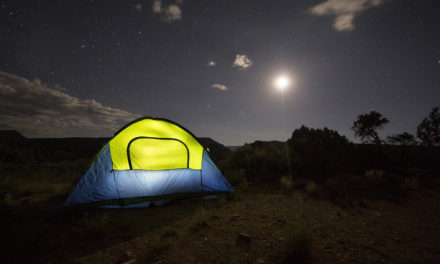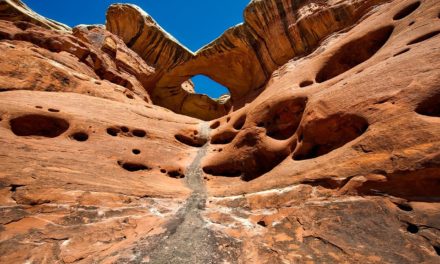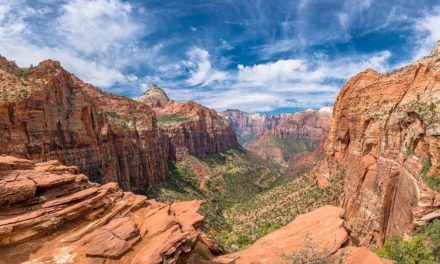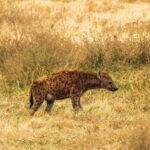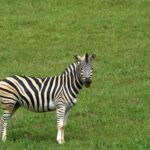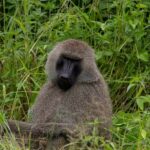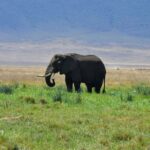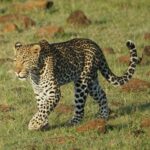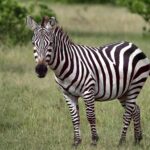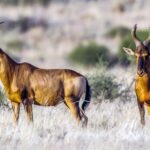Table of Contents
Overview / About
Kenai Fjords National Park, located on Alaska’s Kenai Peninsula near Seward, is where icy wilderness meets the sea. Established in 1980, this 670,000-acre park is dominated by glaciers, deep fjords, and rugged coastal cliffs carved by ice and time. It protects the Harding Icefield, one of the largest icefields in North America and its many outflowing glaciers. Visitors come to experience Alaska’s dramatic coastal beauty, marine wildlife, and pristine wilderness where mountains, ocean, and ice converge in spectacular harmony.
Wildlife & Nature
Kenai Fjords is a paradise for wildlife lovers. Its diverse habitats, ocean, glacier, and forest, host a rich array of species.
Marine Life: Sea otters, harbor seals, Steller sea lions, humpback and orca whales are frequently spotted in the fjords.
Birdlife: Over 190 bird species nest here, including puffins, bald eagles, and kittiwakes that crowd rocky cliffs.
Land Animals: Black bears, mountain goats, and moose roam the forested slopes and alpine meadows.
Landscapes: From towering tidewater glaciers calving into turquoise waters to lush coastal rainforests and snow-covered peaks, Kenai Fjords captures the essence of Alaska’s wild beauty.
Experiences & Activities
Kenai Fjords offers a mix of adventure, exploration, and quiet wilderness moments:
Boat Tours: Cruise through Resurrection Bay and the fjords to see glaciers, whales, and marine wildlife up close.
Glacier Hiking: Trek the Harding Icefield Trail for panoramic glacier views or explore Exit Glacier, one of the park’s most accessible glaciers.
Kayaking: Paddle among floating icebergs and along dramatic fjord walls.
Wildlife Viewing: Spot whales breaching, puffins diving, and sea lions lounging on rocky shores.
Photography: Capture breathtaking scenes of calving glaciers, misty coastlines, and Alaskan sunsets.
Camping & Backpacking: Experience the park’s remote wilderness at coastal or backcountry campsites.
Best Time to Visit
The best time to visit Kenai Fjords is from late May to early September, when the park is most accessible and wildlife is abundant.
June to August: Peak season for whale watching, boat tours, and glacier hiking.
May & September: Quieter months with fewer crowds and cooler temperatures, but still great for wildlife viewing.
Winter: Limited access, but offers stunning views of frozen landscapes around Exit Glacier.
How to Reach & Park Entry
Location: Near the town of Seward, about 125 miles south of Anchorage.
By Road: Drive the scenic Seward Highway (approx. 2.5 hours from Anchorage) to reach Seward and the park entrance at Exit Glacier.
By Train: The Alaska Railroad offers a beautiful ride from Anchorage to Seward.
By Air: Anchorage International Airport is the nearest major airport.
Entry: No entrance fee is required for the park, but guided tours and cruises have separate charges.
Where to Stay / Camping Options
Seward: The gateway town with hotels, lodges, and cozy cabins.
Exit Glacier Campground: A free, first-come, first-served campground within the park (tents only).
Backcountry Camping: Allowed in coastal areas; permits may be needed for overnight stays.
Nearby Lodges: Wilderness lodges and eco-retreats are available along the coast, accessible by boat or floatplane.
Travel Tips / Safety Notes
- Dress in layers, weather can shift from sunshine to rain in minutes.
- Bring waterproof clothing and sturdy footwear for glacier hikes.
- Always maintain a safe distance from wildlife.
- Check tide charts before kayaking or coastal hiking, tides can rise rapidly.
- Carry bear spray and follow safety guidelines in forested areas.
- Book cruises and tours in advance during peak summer months.
Conservation & Responsible Tourism
Kenai Fjords is a living example of Alaska’s dynamic environment, where glaciers continue to sculpt the land. Climate change has caused many glaciers, including Exit Glacier, to retreat rapidly. Visitors can help protect this fragile ecosystem by minimizing waste, sticking to marked trails, and supporting eco-certified tour operators. Every responsible traveler helps preserve this stunning marine and glacial wilderness for future generations.


